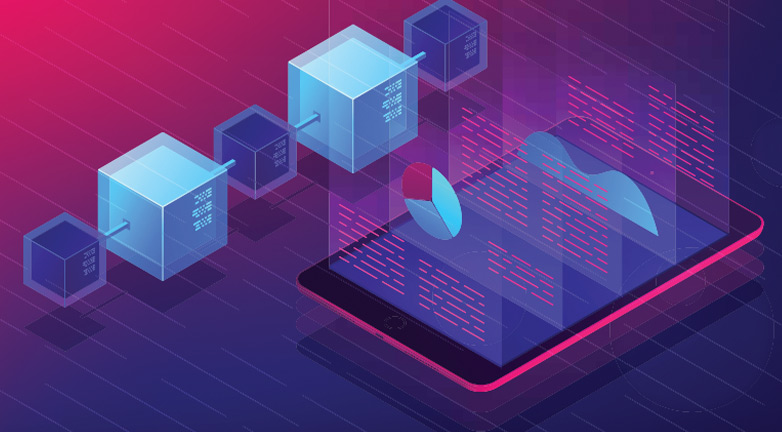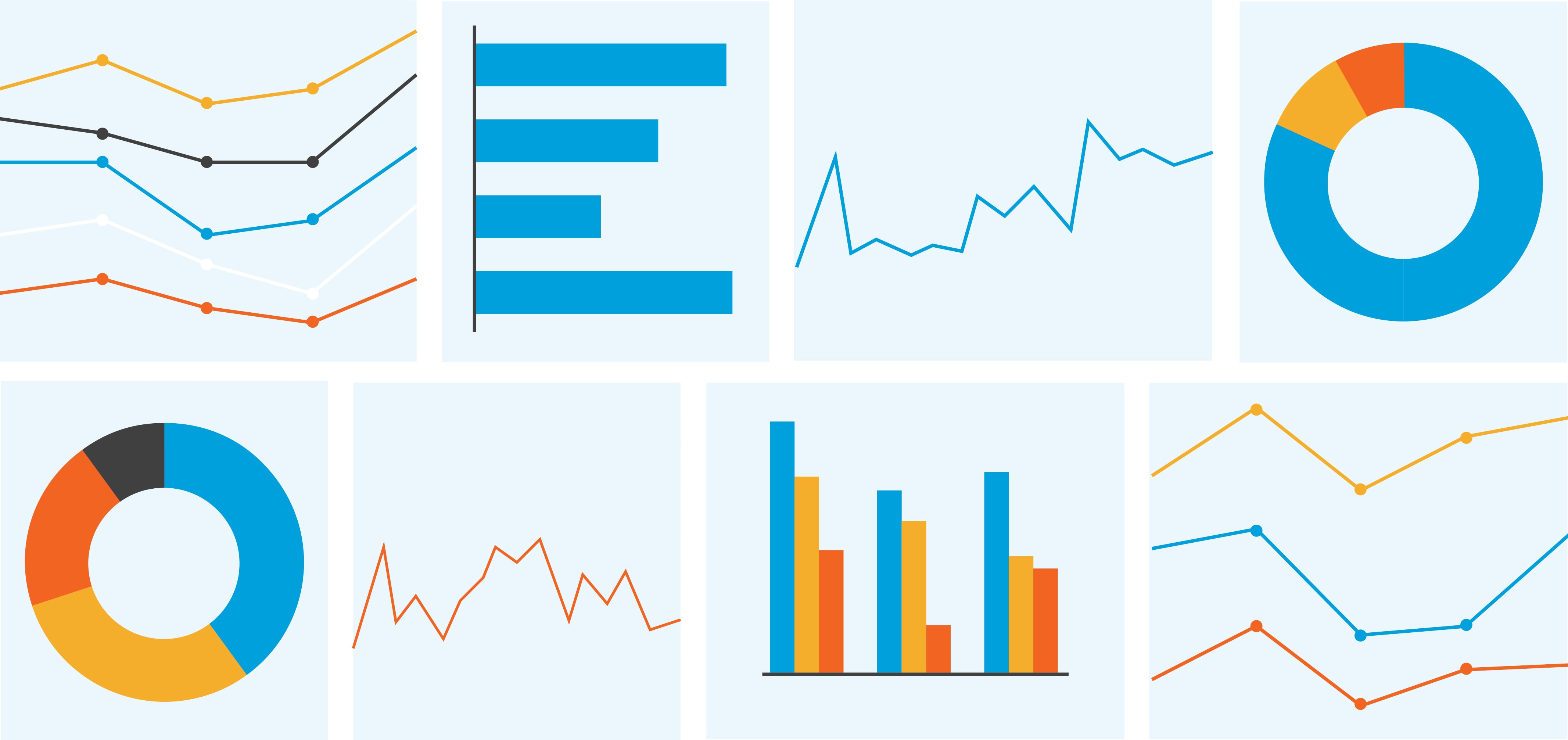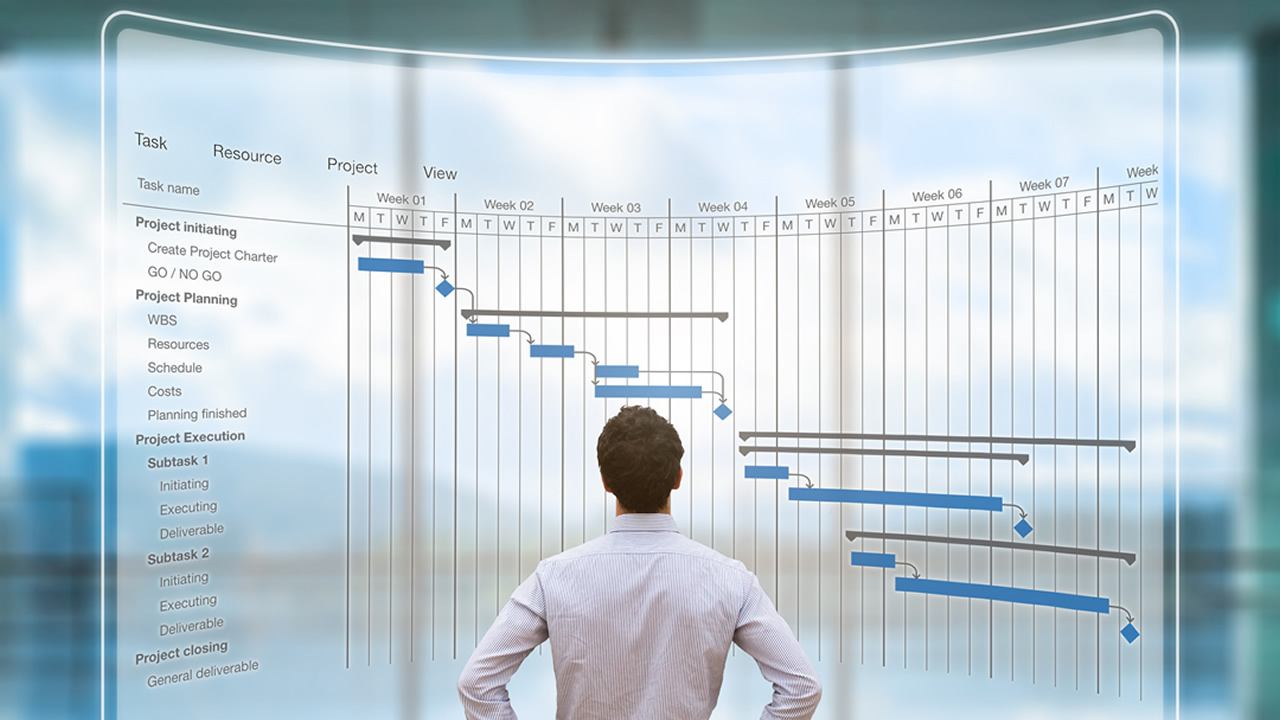
The hype around Artificial Intelligence is far from fizzling out anytime soon. Digitalization and big data have completely penetrated the supply chain industry and are ubiquitous in nature. This article discusses one of the more interesting trends in the current supply chain analytics space – The Control Tower.
The concept of Air Control Towers and the Evolution of Digital Control Towers in Supply Chain
One may wonder if supply chain control towers have any correlation with air traffic controllers? To be honest, yes, there is!
An air traffic control tower (ATC), is a service provided by on-ground staff (controllers), who direct aircraft on the ground and through controlled airspace; they can provide advisory services to aircraft in non-controlled airspace. The primary purpose of ATC worldwide is to prevent collisions, organize and expedite the flow of air traffic, and provide information and other support for pilots (wiki). In short, the tower helps Improve flow, reduce emergency like situations through tactical interventions and provide inputs for right decision making. In fact, the ATC’s can now be enabled for an ‘auto-pilot’ mode wherein complex decisions are taken without human interventions. Only in cases where there is an absence of reliable data to make a trade-off, is where the humans intervene.
The digital control towers aim at keeping a bird’s eye view on the events occurring within the supply chain ecosystem (controlled and uncontrolled space), with the modus operandi being very similar to a generic air traffic controller. With the help of this consolidated view generated by the digital control towers in supply chain one can gain powerful insights about the current happenings within the organization. These insights help in improving flow across the organization, reducing urgencies and providing insights and tactical support to supply chain managers to make effective decisions. In fact, in the longer run, very similar to the ATC’s of today, the Supply chain control towers should have the capability to make complex decisions when there is adequate reliable data.
Significance of Digital Control Towers in Supply Chain

Corporations today want to leverage the useful applications of the supply chain control tower. Organizations have copious amounts of data across their supply chain and related functions. Over the past few years, they have managed to build business intelligence and analytics solutions to drive decision-making but at a node level. Extracting valuable insights using the right sets of data, lying across various nodes in an organization while also utilizing market intelligence, to deliver real-time visibility and provide meaningful insights that can drive decisions that are optimal cross organization, is the need of the hour. E.g., with the expected slow-down in sales on specific SKUs, a client may wonder if their manufacturing plant need to continue producing to plan OR does it make sense to course correct and lose capacity?
While an ATC is designed to minimize errors by incorporating huge factors of safety and commonly understood rules of engagement between various players (airlines, pilots, other ATCs), supply chain digital control towers have the luxury to experiment under statistical variability. E.g., Try different stock norms and check the impact on service levels, see whether a reduced Order-to-delivery promise induces better productivity and hence improved customer service levels and so on. This ability of a supply chain to experiment, try and fail or succeed quickly, at nominal cost can help build a virtuous loop of innovation with in a supply chain and drive a cultural change.
Most organization today recognize the impact a control tower can have on their organization. For a global organization, it is probably one of those platforms that will steer the supply chains of the future. Many organizations have tried implementing a control tower, but there have been very few examples of success. More often than not, organization fall short of implementing a “gold-standard” control tower capable of – real time visibility, predictive alerting, identifying bottle-necks to supply chains and providing insights that can drive decision; instead they end up implementing a large set of dashboards, that showcase different KPIs important to the various nodes in a supply chain.
This possibly is because of challenges that are faced when implementing an initiative as large as a control tower.
How does a Digital Supply Chain Tower work?
The SCCT should help an organization in making 3 key decisions – a) Ensure smooth flow-paths across the supply chain, b) Identify or predict bottlenecks / constraints to flow, and c) Derive efficiency/utilization improvement opportunities in the current network.
Hence, some of the key functionalities that are required would be:
- End to end data connectivity: Ability to go beyond creating reports and tools that are not unidimensional but are able to work with data from different nodes in a supply chain is important.

- Visibility: SCCT should provide visibility of key supply chain KPIs (simple and complex KPIs). They should showcase the right metrics, while also be able to project the impact of a decision on the metric real-time.

- Analytics: Supply chain control towers are equipped with and boast of analytical tools and applications. With the help of these tools, supply chain managers can easily run what-ifs, and take calculated decisions. They can, easily harness the power of predictive analysis to detect ‘tripping points’, identify triggering alerts, as well as conduct root cause analysis of the data to arrive at solutions and address challenges.

- Execution: The real benefit of the SCCT lies in the way the control tower communicates with the executive and the operational teams across the supply chain and allied functions. Hence this an important aspect of SCCT adoption within an organization

Key Challenges to Implementing a Supply Chain Control Tower
The supply chain control tower, unlike a typical analytics project, entails involvement from multiple functions and geographies across the supply chain (like the involvement of multiple VPs/SVPs in large enterprises).
Implementing SCCT would mean working with a team having – a) Different priorities, b) Very different data maturity and data quality, and c) Different products and software (some archaic and some new-age).
Some of the key challenges that appear during the construction and execution of SCCTs include –
- When the SCCT implementation is picked up as a priority exercise by a single function within a supply chain without getting the other key function buy-in early into the transformation, there is a high chance the implementation will hit multiple road blocks.
- Many a times, people tend to implement the most complex piece OR the piece of SCCT that seems most interesting. This may lead to no tangible results for an extended period, thus leading to lack of enthusiasm from fringe teams.
- Data maturity: Different functions may have different levels of data maturity (availability, quality etc.). Inability to assess and map this aspect will tend to escalate timelines and cost.
- Sometimes the implementing partner makes the mistake of selling the SCCT, not as a strategic tool that can transform business functions but rather as another software that will improve business efficiencies. This will lead to wasted effort that implementation will get driven in completely wrong direction.
- There are number of proven analytics tools and products that exist with the client. Integrating these existing tools/products in the SCCT roadmap, may cause issues during implementation but will help adoption.
A typical issue of not successfully overcoming these challenges is that companies go down the path of SCCT implementation (visibility, predictive analytics, decision tools etc.) but end up implementing an end-to-end KPI dashboard. Though the dashboard may still bring in benefits, it causes disillusionment amongst the client project team in terms of SCCT capabilities.
Some of the ways to mitigate these challenges and move towards a successful implementation include –
- Treat SCCT implementation as a strategic initiative and not as an IT implementation. Hence, it is critical to have someone high in the business team (CSO level) bless the initiative.
- When prioritizing sprints, give equal weights to simple but quick wins – this motivates the client’s project team.
- Always assess the current tools and products in client environment, i.e., prioritize integration over innovation.
- Continuous engagement with all functions (even if there is nothing happening in a specific function) is important and should be made into a practice.






